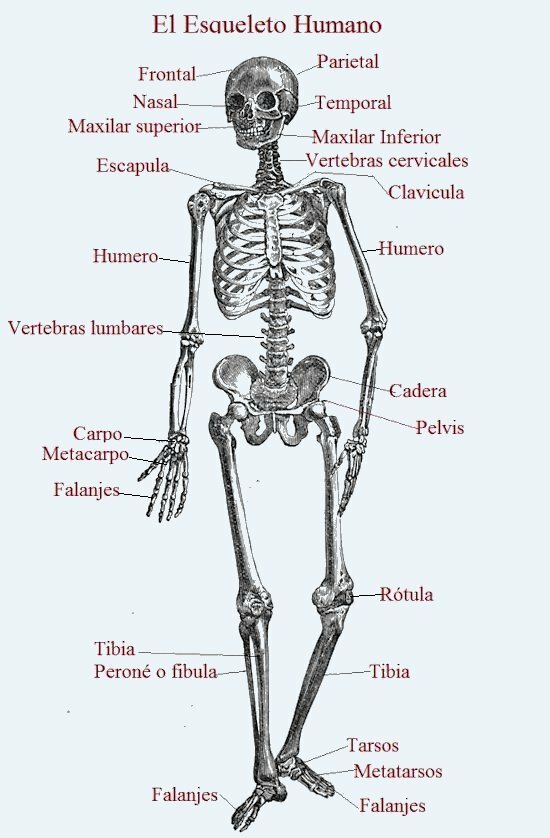Short Term Financing Example
Finance / / July 04, 2021
The short-term financingIt is one of the basic types of financing that exist, it is part of term financing.
It is clarified that there are medium and long-term financing. Now we will look at some of the basics of short-term financing.
Short-term financing example:
The short-term financing, is made up of:
- Commercial Credits,
- Bank credits,
- Promissory notes,
- Credit lines,
- Commercial Papers,
- Financing through Accounts Receivable,
- Financing through Inventories.
1.- The commercial credits, They are a means of financing similar to that of inventories that we will explain later. the right of payment or the value of the existing merchandise is used as collateral for the loan, but the having control of it, while a commission is paid to the lender for the sale of this commodity.
These commercial credits, allow the purchase of merchandise and services on credit, and must be paid within a previously set period, and there is a risk of not achieving payment.
2.- Bank credit. It is one of the easiest and most common ways to acquire financing.
It allows the interested party to carry out their work more independently and can have the capital at their disposal at the moment required, has the disadvantage that you must pay previously fixed interest and said interest may rise in case of delinquency.
3.- The pay. This is a form of negotiable financing, it is a promise in which you agree to pay a specific amount on a specific date. It carries a specific interest rate, it is always paid in cash or by bank deposit, this document must contain the signature of the interested party and must be issued by a representative in case of being a legal person or by the issuing person in case of being a person physical. There is a judicial procedure in case of non-compliance.
4.- Credit lines. In the line of credit, the bank gives a fixed loan, and leaves the money in cash and at the disposal of the interested party, but generates a percentage of interest and a contract is made to carry it out. At the end of the term, the credit line ends and another negotiation must be carried out.
5.- Commercial papers. This is a way that some institutions or companies have, to invest temporary funds, the application is short-term; this is an alternative when bank credit is limited.
6.- Financing through accounts receivable. In this financing, accounts that are collectible are sold, and investment income is obtained.
This financing has the advantages of low costs by the company, low risk in case of sale of said accounts, the collection cost is very low and generates costs for requiring an agent and may require intervention judicial.
This financing is managed by an agent, who collects and channels the capital for its use. There is a small loss from agent commissions and the risk of default is a latent drawback and accounts can be marked as bad debts.
7.- Financing for inventories. This financing uses the inventory of the existing mishap to finance or guarantee a loan and the creditor can use the use of collateral (merchandise).
The advantage of using the merchandise and its inventory as a means of financing has the advantage, but it generates costs and risks by being able to lose the inventory in the event of insolvency.
It is an essential part to guarantee the articles and that they are marketable in the market and a contract or agreement must be made that attaches documents that prove said inventory.


